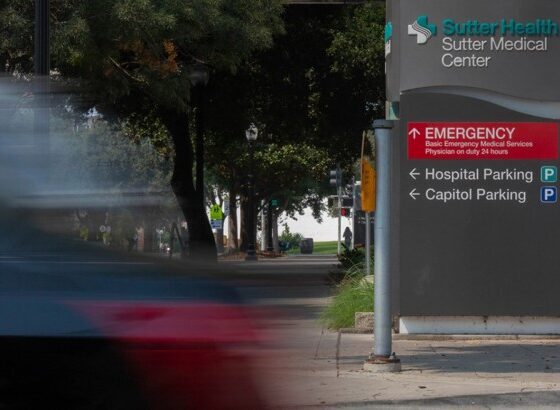It appears that physicians are now charging ‘a la carte’ fees for services not traditionally covered by insurance or Medicare. The extra fees mean greater out-of-pocket costs for consumers. Read on to learn more.
By Alison Young • USA TODAY •
A growing number of doctors across the country are boosting revenue by asking patients to pay new fees for services they say insurance doesn’t cover, insurance and physicians’ groups say.
The extra payments include no-show fees of $30-$50 for missed appointments, widely varying charges for filling out health forms for school, work or athletic teams, and annual administrative fees of $35-$120 or more to simply be a patient in some practices, medical associations and doctors say.
“It’s not unlike the airlines,” said William Jessee, president of the Medical Group Management Association, which generally advises against extra fees that may anger patients or run afoul of insurance contracts. “They’ve gone from all-inclusive to a la carte. That’s what you’re seeing with physicians.”
Doctors who charge extra fees are in the minority, he said. Some have done it for years, but more are joining them because they say they need the fees to offset the rising costs of practicing medicine.
Allen Greenlee, an internist in Washington, sent a letter in March to 7,000 patients in his group practice asking for a voluntary $35 annual administrative fee for costs insurance didn’t cover. He said he got only two angry letters and dozens paid extra to help others. “I’m trying to stay solvent,” he said.
WellPoint, the nation’s largest insurer by membership, is receiving more inquiries from doctors seeking to charge annual administrative fees.
“We have seen some increase in that type of activity,” said John Syer, a vice president over provider contracting at WellPoint, which operates 14 Blue Cross and Blue Shield plans. “The vast majority do not engage in that,” Syer said, noting such fees may violate provider agreements if doctors charge for items insurers consider included in their payments.
Though no national data are available on how many practices charge extra fees, Jessee said primary care doctors face increased financial pressures as insurance reimbursement hasn’t kept pace with costs. The result has been a growing shortage of primary care physicians as medical students choose more lucrative specialty fields. Primary care is critical to the nation’s new health law, which will give 32 million uninsured Americans coverage.
Office visits are the main source of insurance payments to primary care doctors, yet physicians spend much of each day on activities they’re not directly compensated for, such as phone calls and prescription refills, a study in The New England Journal of Medicine in April found.
“A lot of doctors are trying all kinds of experimental things just to survive,” said Gary Seto, a doctor in South Pasadena, Calif., who charges an annual $120-per-family “non-covered benefits fee.”
Sue Braga of the Arizona chapter of the American Academy of Pediatrics said she’s hearing of more practices charging for no-shows and health forms.
Susan Wheeler, 33, said her kids’ pediatrician near Atlanta recently started a $10-per-child form fee. “I don’t like it,” she said. “It’s part of their job.”


